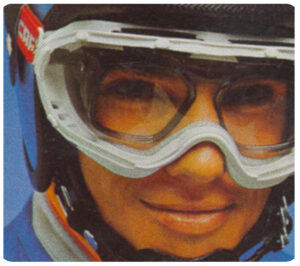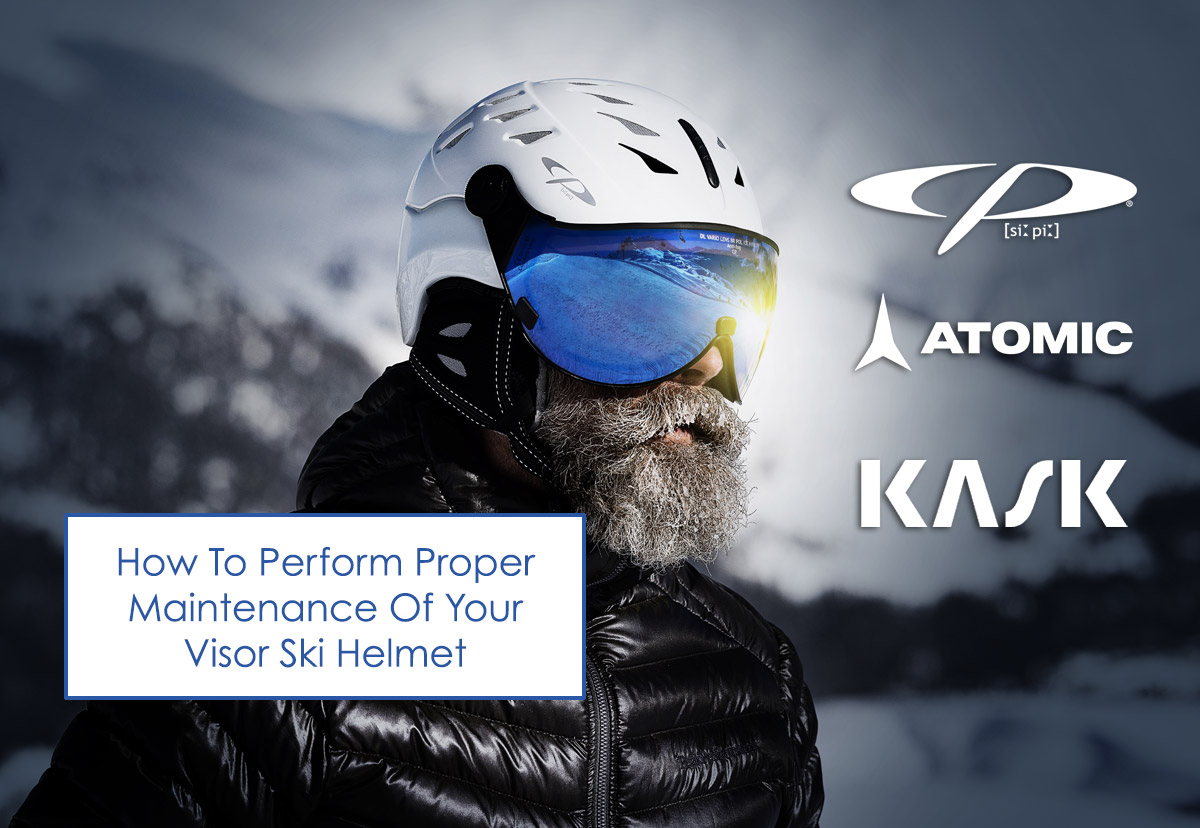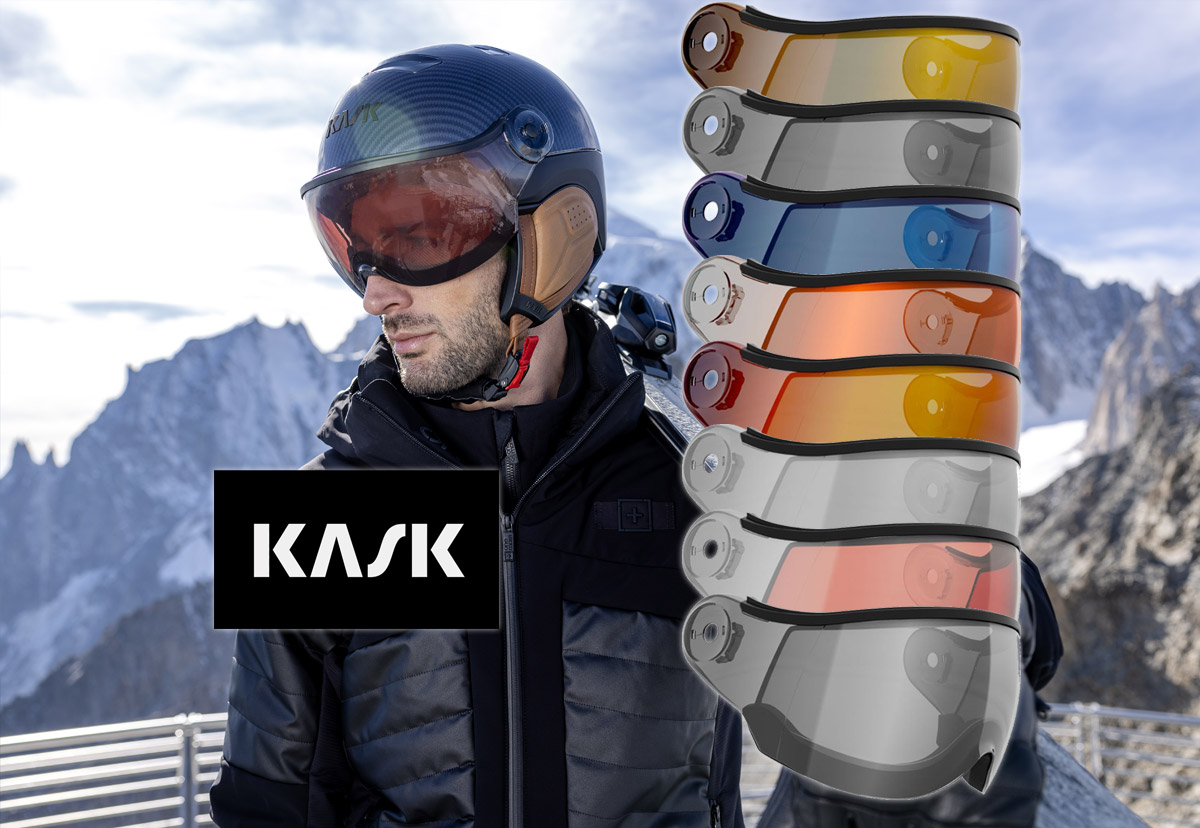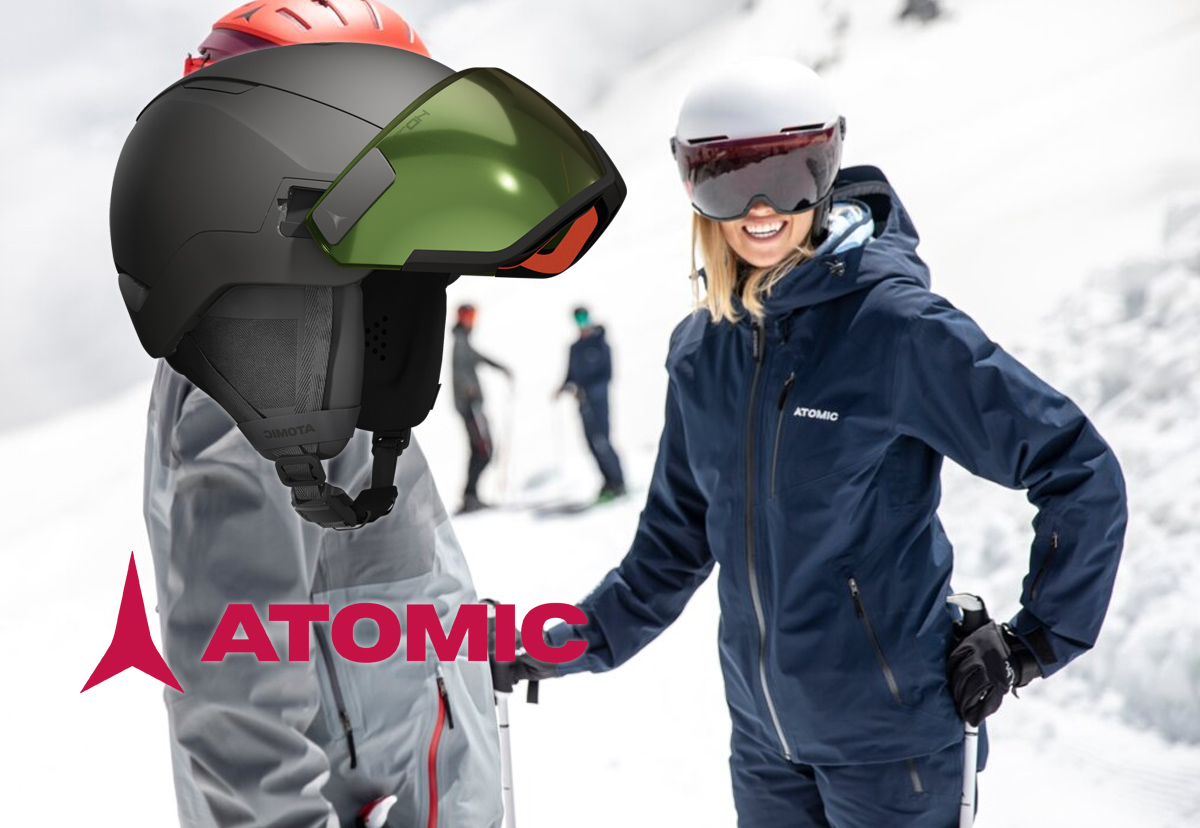
From A World Cup Ski Racer
Stefan’s personal experience with ski helmets started way back in 1950 when he was about 18 years old.
“You could not really call that a helmet, it was basically a leather cap with some protruding padding strips filled with foam. They covered the ears and were really warm and that was the main reason to wear them. They did not have a great degree of protection because they were soft all around. Once I was a member of the national ski team we did finally get outfitted with a helmet made in France a combination of a solid cork form covered with fabric, they were light and with limited protection but certainly a big improvement over the leather caps.
The next generation were helmets made of fiberglass with several different types of padding in the inside. The Bell helmet which was designed for motorcycle riding use with a shell made of fiberglass. They were bulky and heavy but offered good protection but were unfortunately not that comfortable. Another problem was finding well-fitting googles because these motorcycle helmets were wide, so most of us had to wear the google strap under the helmet which pressed hard on the ears.
Finally after years of stuggles with these early attempts at making other types of helmets work for skiing, several European companies developed a better fitting one with good protection and specifically made for skiing helmets that were light and warm.”
Quote from Stefan Kaelin
Into The 1970’s
This brings us to the 1970s and the first time that helmet manufacturers really broke away from helmets designed for motorsports and completely focused on models that fit the needs of skiers. The U.S. company Bell was able to reduce the gauge and weight of the fiberglass shell and came out with the SR-1, SR stood for Ski Racing and this was the first ski-specific helmet produced in the United States. Meanwhile over in Europe Boeri, Uvex and Carrera designed the first ABS shell ski helmets. ABS stood for acrynitrile butadiene styrene and this synthetic rubber material was tough and lighter than the fiberglass giving these European helmets a real advantage over the U.S. made model.
 The 70s saw other sports start to take safety more seriously and cycling associations began requiring helmets and mountain and rock climbing had grown to a point where they had specific models as well. All these groups had different priorities in their helmets and this pushed the development across the entire spectrum. By the late 80s the legendary cycling helmet company Gyro came out with their lightweight helmet made with a polycarbonate shell and timed it perfectly with the U.S cycling federation requiring helmets in all races.
The 70s saw other sports start to take safety more seriously and cycling associations began requiring helmets and mountain and rock climbing had grown to a point where they had specific models as well. All these groups had different priorities in their helmets and this pushed the development across the entire spectrum. By the late 80s the legendary cycling helmet company Gyro came out with their lightweight helmet made with a polycarbonate shell and timed it perfectly with the U.S cycling federation requiring helmets in all races.
The first ski helmet skiers really liked was made of cork and fabric, much lighter than the older motorcycle-style helmets. This helmet even offered some warmth and we felt much safer with these helmets compared to skiing without one or even earlier helmets. The problem with the old hardshell helmets was when you got into a tuck the helmet would move forward and block your vision. These lighter helmets stayed in place better which promoted use.
As we entered the 90s the culmination of better, lighter more comfortable helmets along with the first European standards and certifications set on top of the tragic and highly publicized deaths of celebrity Sonny Bono and politician Michael Kennedy just days apart from each other brought helmets into mainstream use. It is unfortunate that it takes tragedy to inspire safety measures to be embraced. These incidents also occurred as the ability of the average skier was significantly improving. Today the average speed of an adult skier is 27 miles per hour and the most common cause of death while skiing is a brain injury from hitting a fixed object. When you start to look at it from this statistical point of view it seems like common sense to wear a helmet while skiing. While over half of the skiers on slopes today are wearing a helmet according to the Snowsports Industry Association there are still many who have not adopted the protection. This number does seem low as to the casual observer it appears everyone on the slopes is wearing a helmet. Those still not wearing one fall into two main groups, older skiers who do not want to change their ways and skiers who travel and do not want to bring their helmet with them.





